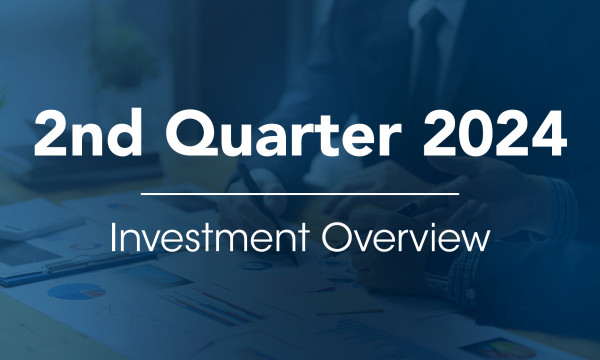Diversification: What it is and why it matters to investing

What is diversification, you ask? Some might answer that it’s owning a lot of stocks, and that's not exactly wrong. But it’s more about the types of securities you own than how many you have; diversification really means spreading your investments around so that your exposure to any one type of asset is limited. Remember the old adage “don’t put all your eggs in one basket”? That multiple-basket theory is diversification, and it’s designed to help manage risk and yield higher long-term returns for your portfolio over time.
For example, if you invest in a single large-company stock, or even a dozen stocks that are similar, you have the one-basket thing going, with no protection against market volatility. You’ll want to diversify among different asset classes using a strategy that blends different classes and types of investments in a single portfolio. An example of that would be a mix of small, midsized, and large-cap stocks with an assortment of cash-like, low-risk bonds. You can do this on your own or with a trusted source who helps you find a portfolio option that fits your goals and investing profile (i.e., how comfortable you are with risk, how much time you have to invest, how involved you want to be in the process).
The case for separate baskets
The beauty of diversification is that you are not white-knuckling it if one investment isn’t doing well. Plus, it opens you up for more potential rewards by offering a broader exposure to various stocks and sectors. If the stock market declines, the other asset classes often rise as investors move money out of stocks. But you’ll want to stick to a portfolio that's manageable; the basket doesn’t need to be enormous — go for colorful instead! There's no sense in investing in 100 different vehicles when you really don't have the time or resources to keep up.
The second part of diversification is rebalancing, which involves periodically buying or selling assets in a portfolio to maintain the original (or preferred) level of asset allocation or risk. It’s really an instrument for replenishing diversification, and the two concepts are pretty well intertwined. Rebalancing gives investors the opportunity to take the gains from higher-performing investments and reinvest them in areas that haven’t yet shown much growth.
This is another area where an online investment account comes in handy, as a good one features automatic reallocation and rebalancing based on your risk tolerance and time frame to help your investments stay on track toward hitting your goals.
Expand your investment horizon
To recap, diversification is just lowering risk by spreading money out over several different investments. Although there are never guarantees against loss, diversification plays a big part in minimizing risk while reaching your long-range financial goals, as does periodic rebalancing. From individual taxable accounts to individual retirement accounts and Roth IRAs, we’re here to help plan your future your way, with handy resources and approachable experts at the ready if you need them.
How are you feeling about that basket now?
|
Learning Center articles, guides, blogs, podcasts, and videos are for informational purposes only and are not an advertisement for a product or service. The accuracy and completeness is not guaranteed and does not constitute legal or tax advice. Please consult with your own tax, legal, and financial advisors.




